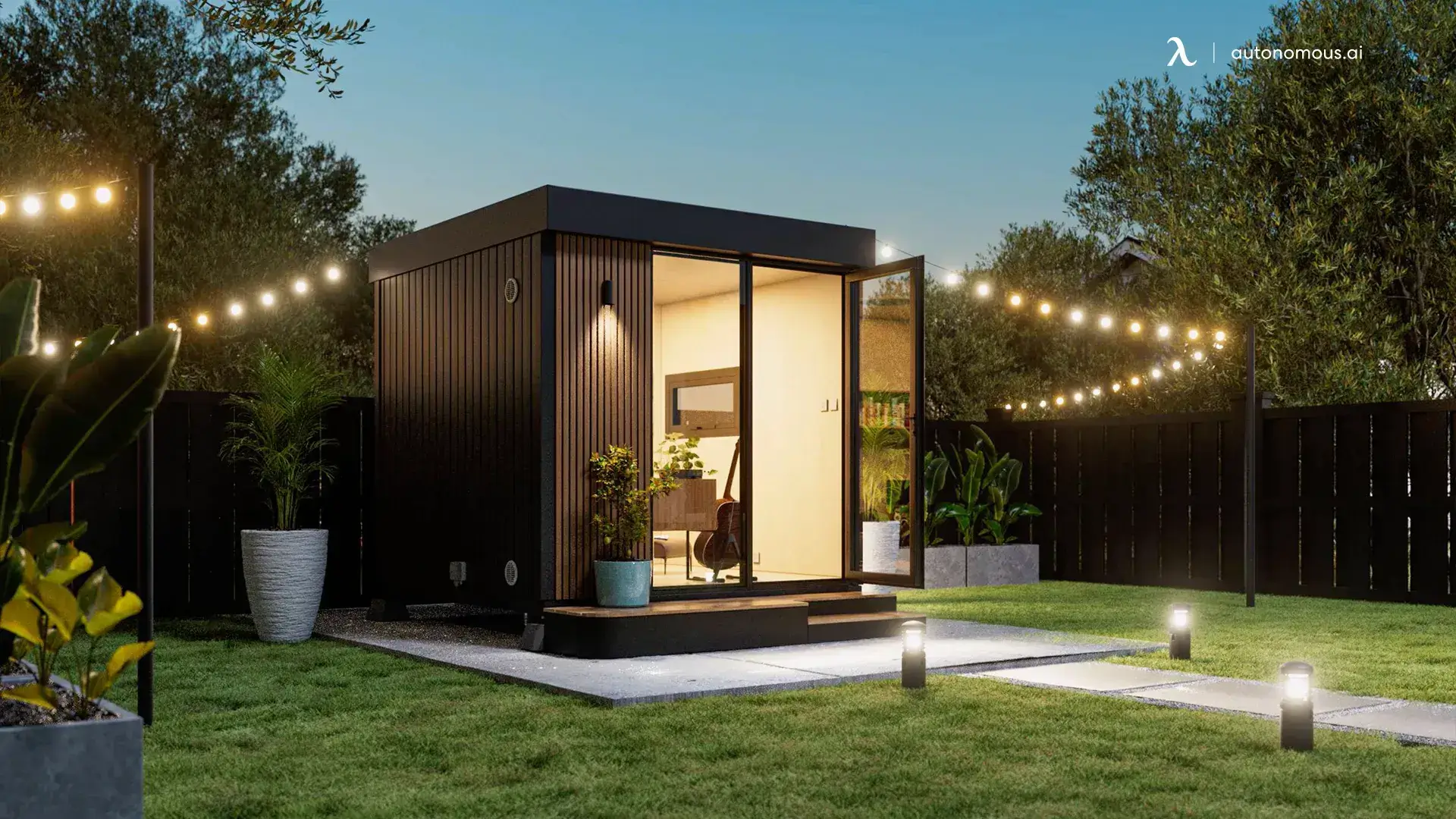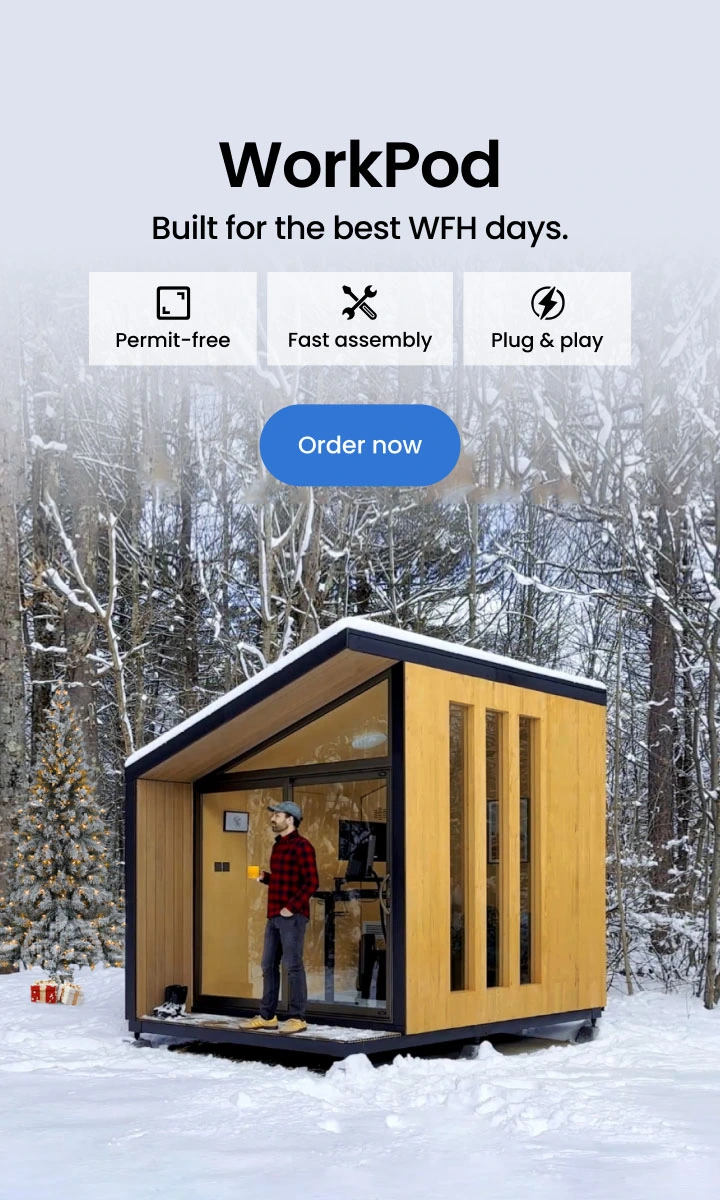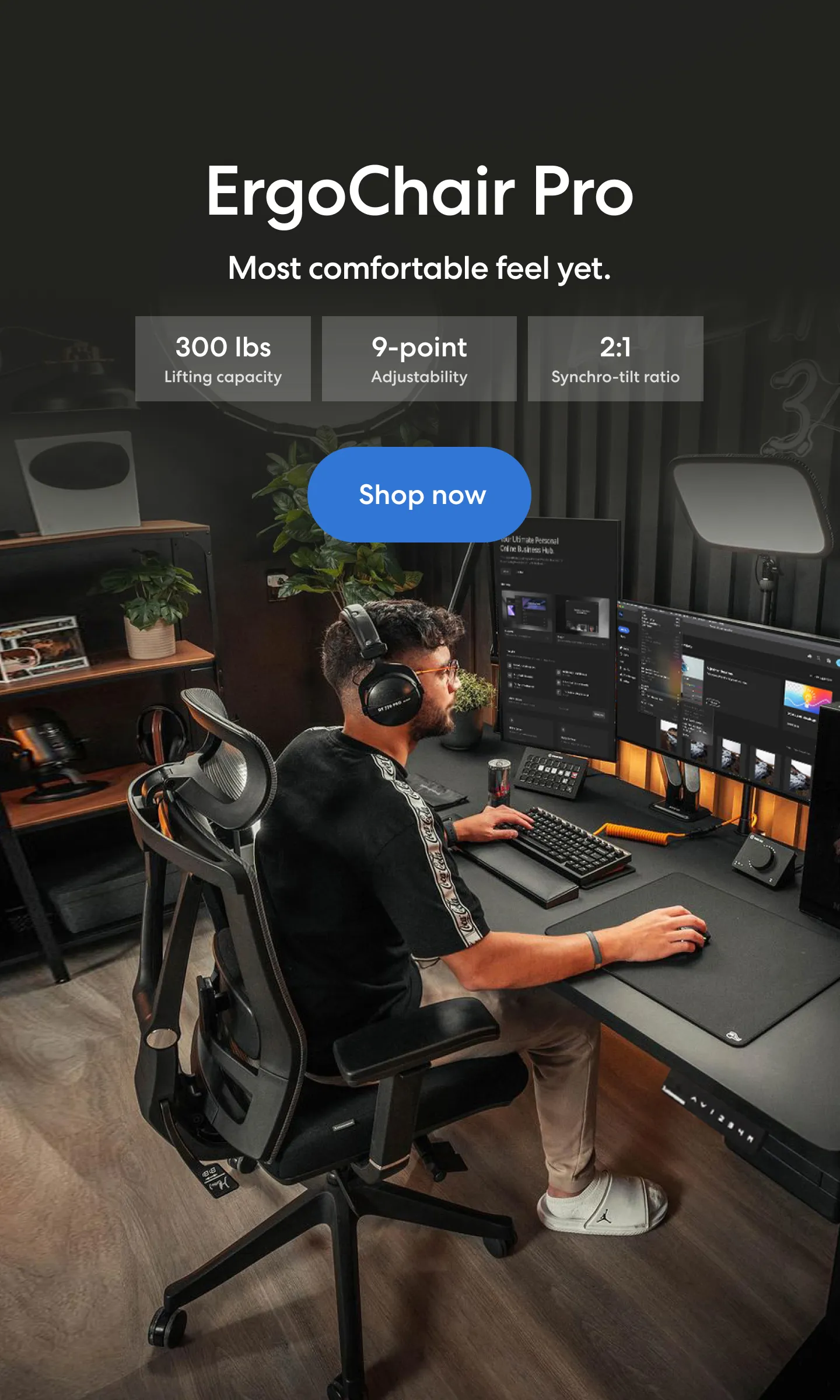
Which States in the US Allow Tiny Houses?
Table of Contents
Tiny homes are no longer a fringe movement; they’re a serious housing solution. But here's the catch: laws around them vary widely, and only certain states allow tiny homes to be used legally as full-time residences.
What’s legal in one place may be restricted just across the county line, which is why it’s so important to understand how tiny house laws by state affect your plans before building or buying.
As someone passionate about turning underused spaces into functional homes, I’ve seen how zoning rules and building codes can either empower or derail your plans. That’s why I’ve put together this updated breakdown of states that allow tiny homes, and how you can live in one legally.
What Is A Tiny House?
A tiny home is a small, self-contained living space — usually under 400 square feet. It’s designed to include the basic features of a full-size house: a place to sleep, cook, and relax, all within a compact layout.
There are two common types:
- Tiny homes on wheels (THOWs) – Built on trailers and can be moved; often treated like RVs.
- Permanent tiny homes – Built on a foundation and treated as a small house or ADU (Accessory Dwelling Unit).
A true tiny home is meant to maximize space and efficiency, whether you're using it for full-time living, a backyard studio, or a guest space.
In many states that allow tiny homes, the type of tiny home you have — and how it’s built — will determine whether it’s legal to live in year-round, or just for short-term or recreational use. That’s why understanding local rules in tiny-home-friendly states is so important before you decide how and where to use one.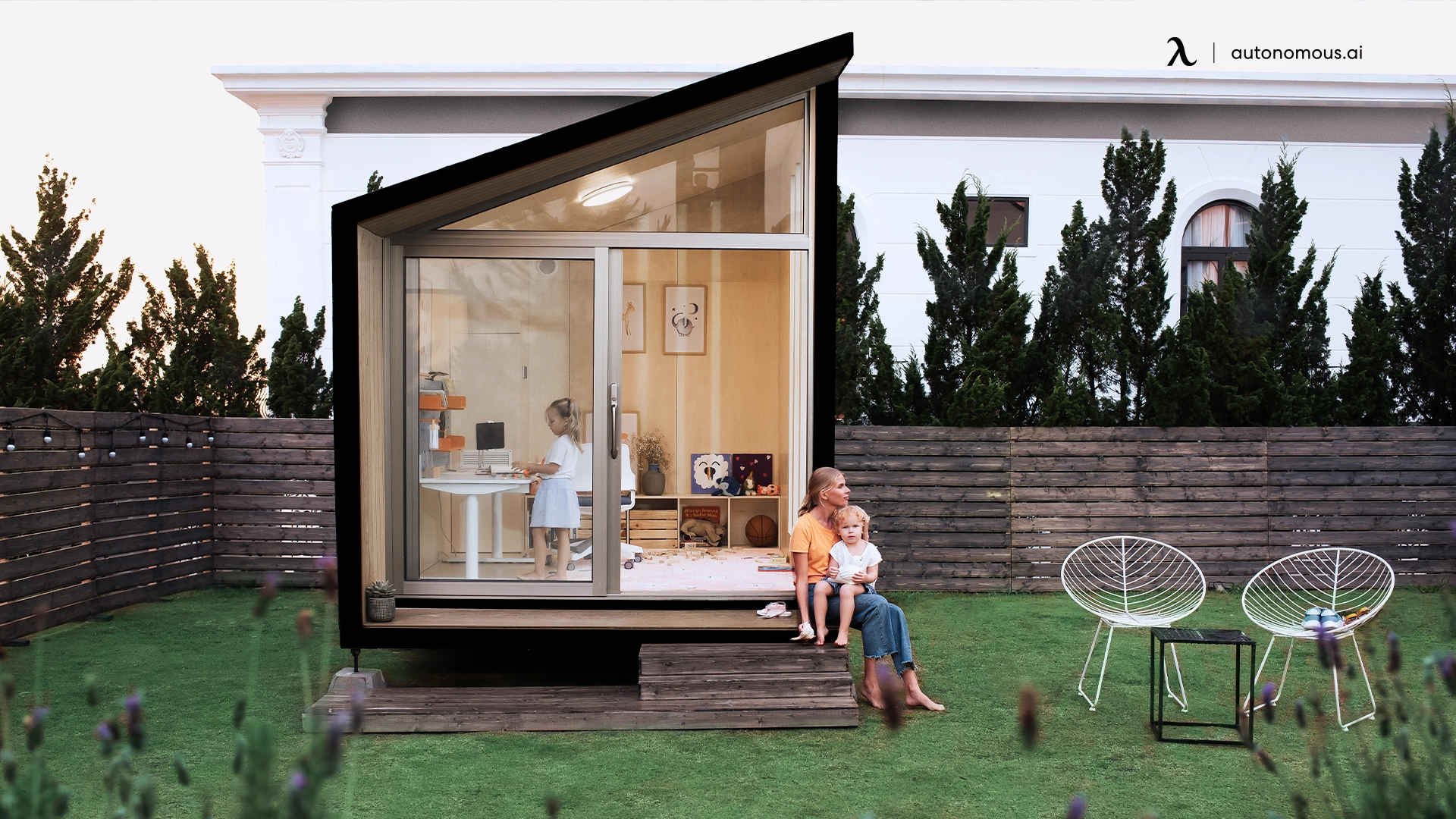
Where Are Tiny Houses Legal In The US?
Understanding tiny house laws by state is essential if you plan to live in or build a tiny home. There’s no national standard — each city or county has its own rules. And in some areas, a no-permit tiny house is possible if your structure falls under specific size or use limits.
Below is a breakdown of states that allow tiny homes, with context on how and where you can legally build or place one, whether it’s on wheels or a permanent foundation.
1. California
California stands out among the states that allow tiny homes, offering statewide support for ADUs and movable tiny dwellings in many cities.
The state passed legislation allowing movable tiny homes (THOWs) to be classified as Accessory Dwelling Units (ADUs). This gives tiny homes legal status as backyard housing in many municipalities.
- Where it's allowed:
In Los Angeles, you'll find growing interest in backyard housing and multiple firms that specialize in prefab ADUs tailored for local code compliance. Areas like San Bernardino County are also becoming more flexible, with updated ADU regulations to support detached and attached units.
California’s overall progress is guided by evolving ADU laws, including recent 2025 updates that expand where and how ADUs can be built.
- What’s important to know:
The unit must meet California’s building standards and be placed on a property with a main residence.
- Why it's tiny-home friendly:
California law encourages ADUs to combat housing shortages, making it easier to add legal tiny homes.
If you're exploring movable living options, California also permits ADUs on wheels in many zones, a major step forward for tiny house dwellers seeking mobility and legal recognition.
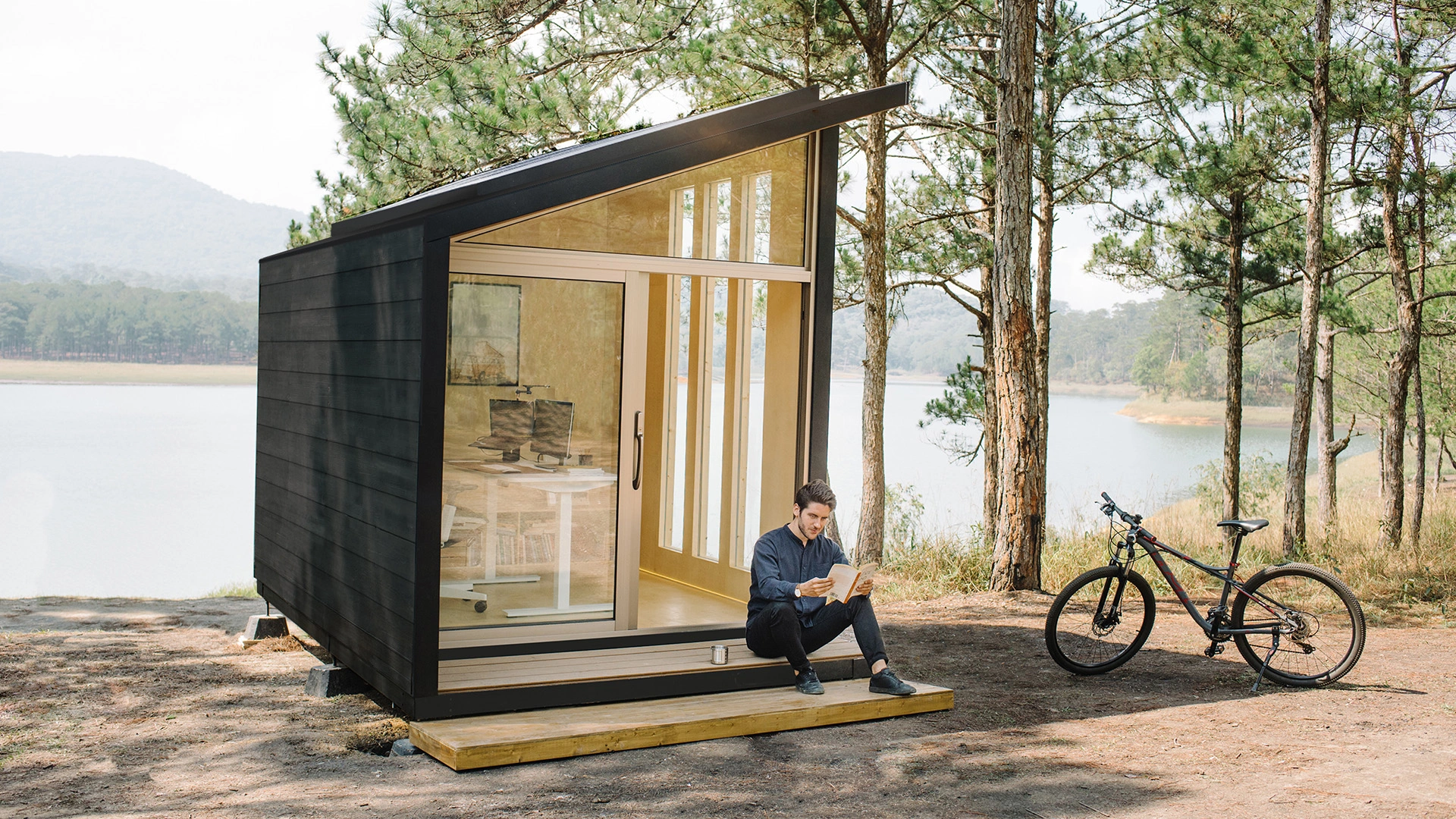
2. Oregon
Oregon has been one of the most consistent states that allow tiny homes, with city policies and state-level codes that support small-scale housing.
- Where it's allowed:
Portland, Eugene, and other urban areas permit both foundation-based tiny homes and THOWs.
- What’s important to know:
Oregon allows small dwellings in residential backyards and recognizes THOWs as legal dwellings in many zones.
- Why it's tiny-home friendly:
The state has implemented an energy-efficient Reach Code that accommodates small-footprint structures.
If you're building a tiny home on a foundation, Oregon’s ADU laws provide useful guidelines for setbacks, size limits, and property zoning.
3. Washington
Washington state passed legislation in recent years to support tiny houses as legal dwellings, especially as ADUs or backyard homes.
- Where it's allowed:
Cities like Olympia, Seattle, and Spokane have specific zoning ordinances that allow tiny homes.
- What’s important to know:
The state uses IRC Appendix Q, which covers tiny homes under 400 sq ft, making the rules clearer for builders.
- Why it's tiny-home friendly:
Washington’s flexible zoning has opened the door for more affordable, smaller housing options.
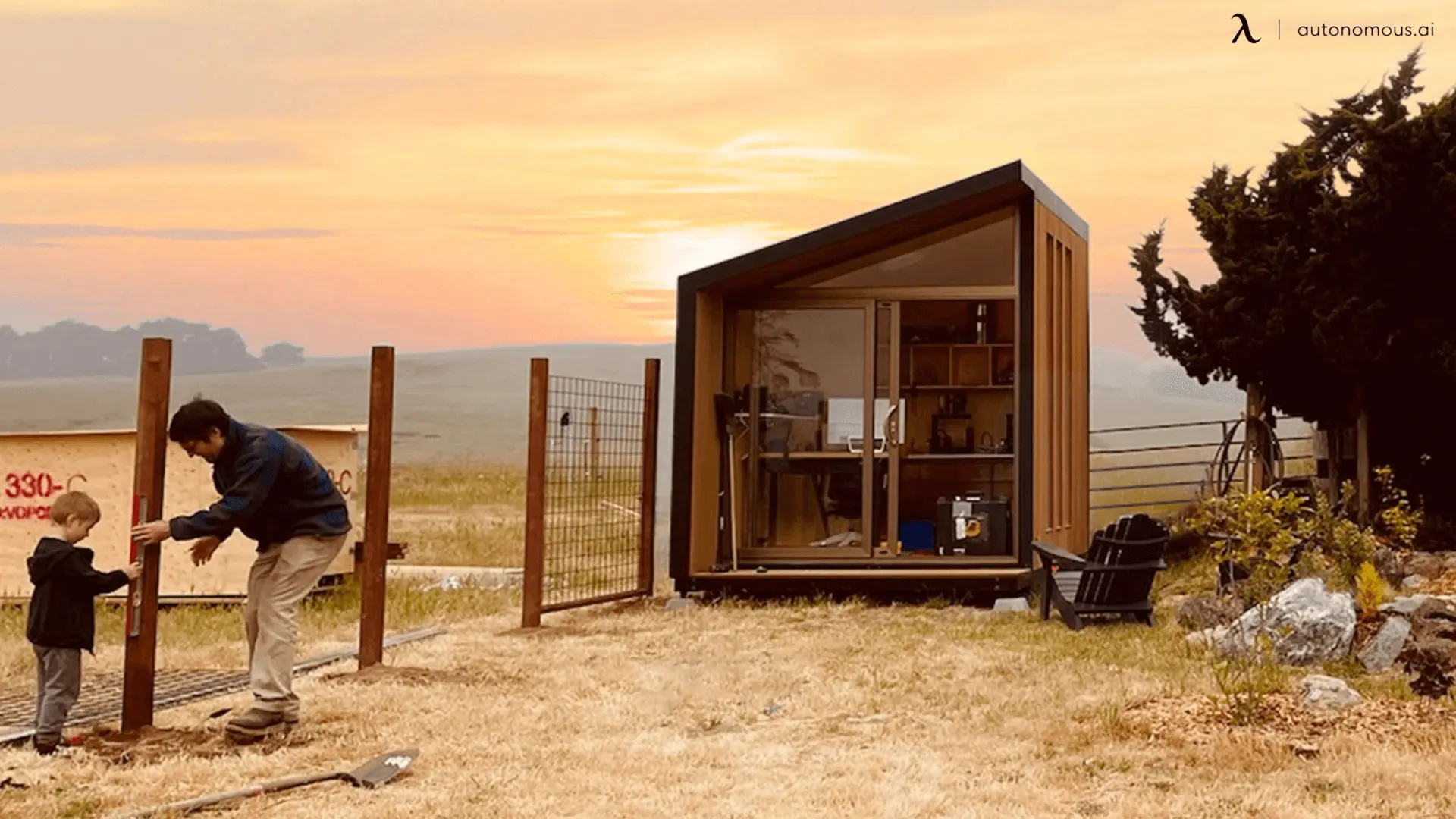
4. Maine
Maine is one of the few states with a statewide law that defines and permits tiny homes.
- Where it's allowed:
All municipalities in Maine are legally required to allow tiny homes.
- What’s important to know:
Maine permits both THOWs and foundation-based homes as primary residences, provided they meet safety and code standards.
- Why it's tiny-home friendly:
Maine adopted LD 1981, which makes tiny homes equivalent to traditional houses in the eyes of the law.
5. Texas
Texas doesn’t have statewide tiny house laws, but many counties and cities welcome them, particularly in rural or unincorporated areas.
- Where it's allowed:
Austin, Spur, and some parts of San Antonio are known for their tiny house-friendly zoning.
- What’s important to know:
Rules vary by county. Foundation-based homes are often easier to legalize than THOWs.
- Why it's tiny-home friendly:
Minimal building codes in rural areas give landowners more flexibility.
6. Colorado
Colorado has embraced tiny homes in certain regions, particularly mountain towns and rural counties.
- Where it's allowed:
Park County, El Paso County, and Walsenburg permit various types of tiny homes.
- What’s important to know:
Most counties use IRC Appendix Q to guide the approval process for homes under 400 sq ft.
- Why it's tiny-home friendly:
Colorado’s housing shortage and lifestyle trends have led to increasing support for small-footprint living.
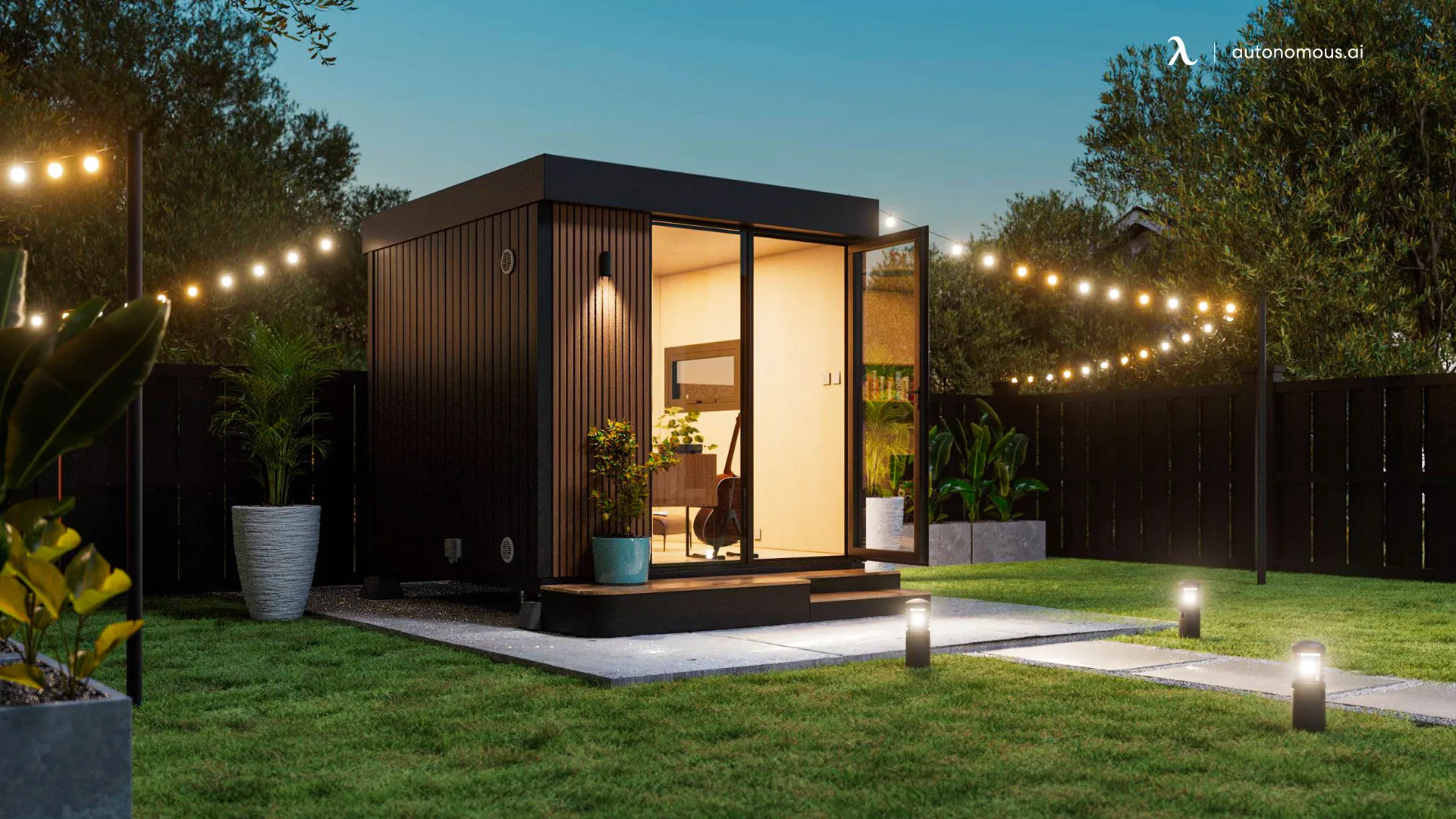
7. North Carolina
North Carolina is one of the more flexible East Coast states that allow tiny homes, but laws still vary by county. Cities like Wilmington and Asheville are opening up to ADUs and small dwellings, while rural areas may have more lenient permitting standards.
If you're considering a prefab build, this guide to prefab ADUs in North Carolina covers zoning rules, builder options, and minimum square footage requirements.
In many parts of the state, you’ll need to ensure your tiny home meets residential building codes and is placed on a permanent foundation, though some localities are exploring more flexible, affordable options.
8. Other Tiny House-Friendly States
Some additional states with growing acceptance of tiny homes include:
- Minnesota – THOWs allowed in some cities; foundation homes easier to legalize.
- Vermont – Zoning allows small homes; some flexibility in off-grid setups.
- New Mexico – Rural areas offer fewer restrictions.
- Nevada – ADUs are allowed in parts of Reno and Las Vegas.
- Michigan – Tiny house-friendly zones exist, especially in northern counties.
- Pennsylvania – Cities like Elizabethtown permit THOWs in RV parks or on private land.
As you can see, the list of states that allow tiny homes is growing, but the laws aren’t always easy to follow. Local regulations and zoning details still matter, even in supportive states. That’s why it’s important to research your specific location before building or buying.
Where Are Tiny Homes Still Difficult To Legalize?
While interest in tiny homes continues to grow, not all states allow tiny homes or make it easy to live in one legally. In these places, zoning laws, building codes, or state-level restrictions make it either difficult or impractical to legally live in a tiny house.
It’s important to note: Tiny homes aren’t necessarily “illegal” in these states. Rather, they face more roadblocks, such as minimum square footage laws, unclear classification, or bans on mobile dwellings.
Here are several states where tiny homes face the most challenges:
1. New York
- What's the issue: Tiny houses on wheels (THOWs) are generally not allowed as permanent residences. Most municipalities do not permit full-time living in temporary or mobile dwellings.
- Other restrictions: Difficult to obtain building permits for homes under the state’s minimum size requirements.
You can’t legally register a THOW as a residence in most parts of New York. A foundation-built ADU may be possible with approval.
2. West Virginia
- What's the issue: Some counties enforce high minimum dwelling sizes. In certain areas, homes must exceed 1,700 sq ft to be considered legal residences.
- Other restrictions: Lack of clear zoning support for ADUs or THOWs makes the process complicated.
- Bottom line: Tiny homes face steep size and zoning hurdles here.
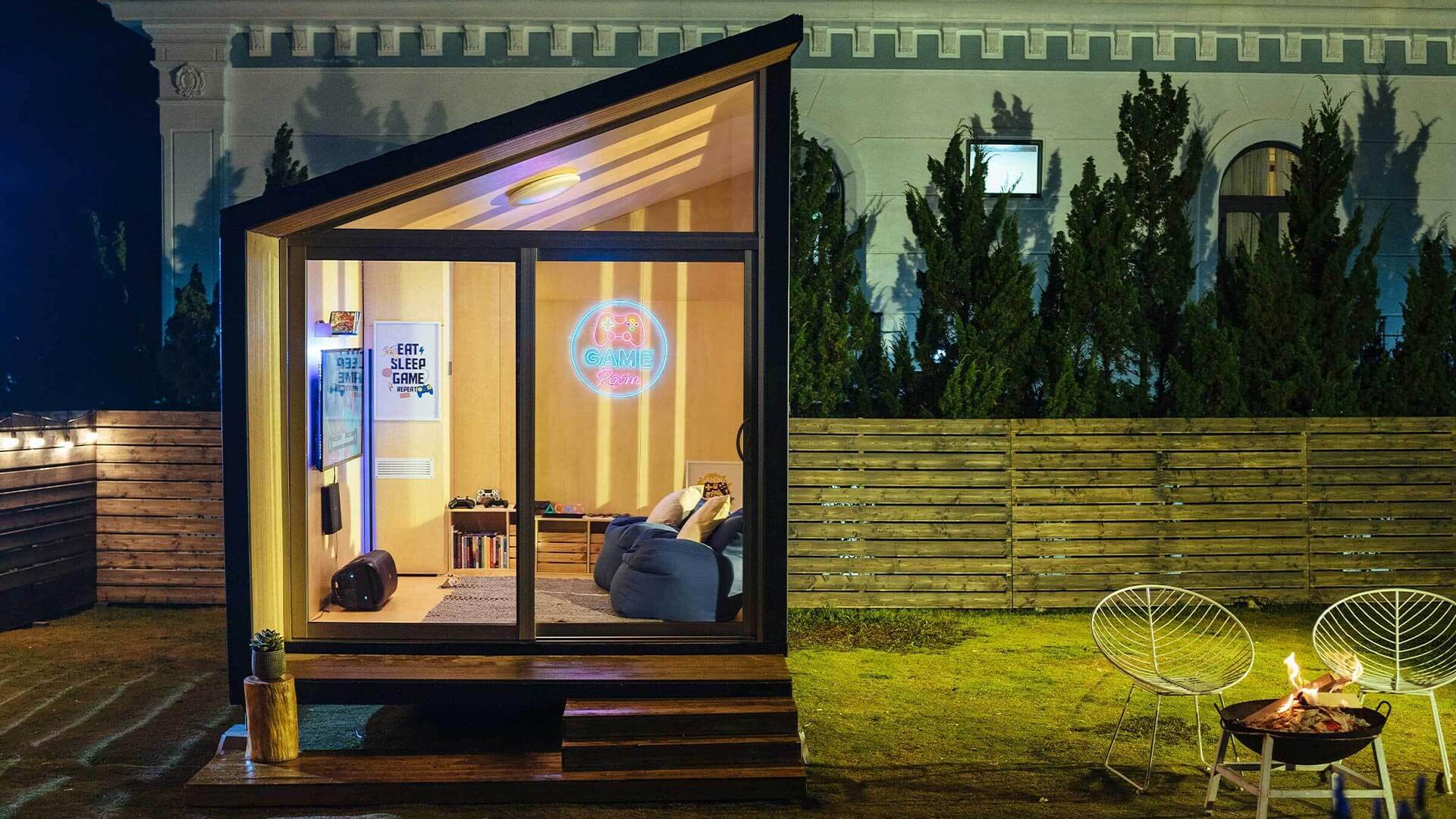
3. North Dakota
- What's the issue: Statewide building codes do not support tiny homes, and there are no provisions for THOWs or small dwellings under the IRC Appendix Q.
- Other restrictions: Some municipalities may consider exceptions, but most don’t currently recognize tiny homes as legal residences.
- Bottom line: Tiny homes are not recognized as viable housing under current state regulations.
4. Alaska
- What's the issue: Harsh zoning laws like R-5 (rural residential) require homes to meet strict codes, and tiny homes often don’t qualify.
- Other restrictions: Difficult climate conditions and infrastructure challenges also complicate off-grid or mobile housing setups.
Tiny homes can be used recreationally, but year-round legal residency is tough without major upgrades.
5. Wisconsin
- What's the issue: Wisconsin enforces minimum size requirements that disqualify many tiny homes from being used as full-time dwellings.
- Other restrictions: Zoning and permitting can vary greatly by county, with few offering clear paths to legalization.
Limited support for tiny homes; strict size and foundation rules make approval difficult.
These examples show how much tiny house laws by state can differ, from flexible ADU-friendly zones to areas with strict size requirements. In some states, you can even place a no-permit tiny house on your land if it stays under the local threshold (often 120 sq ft or less) and isn’t used as a full-time dwelling.
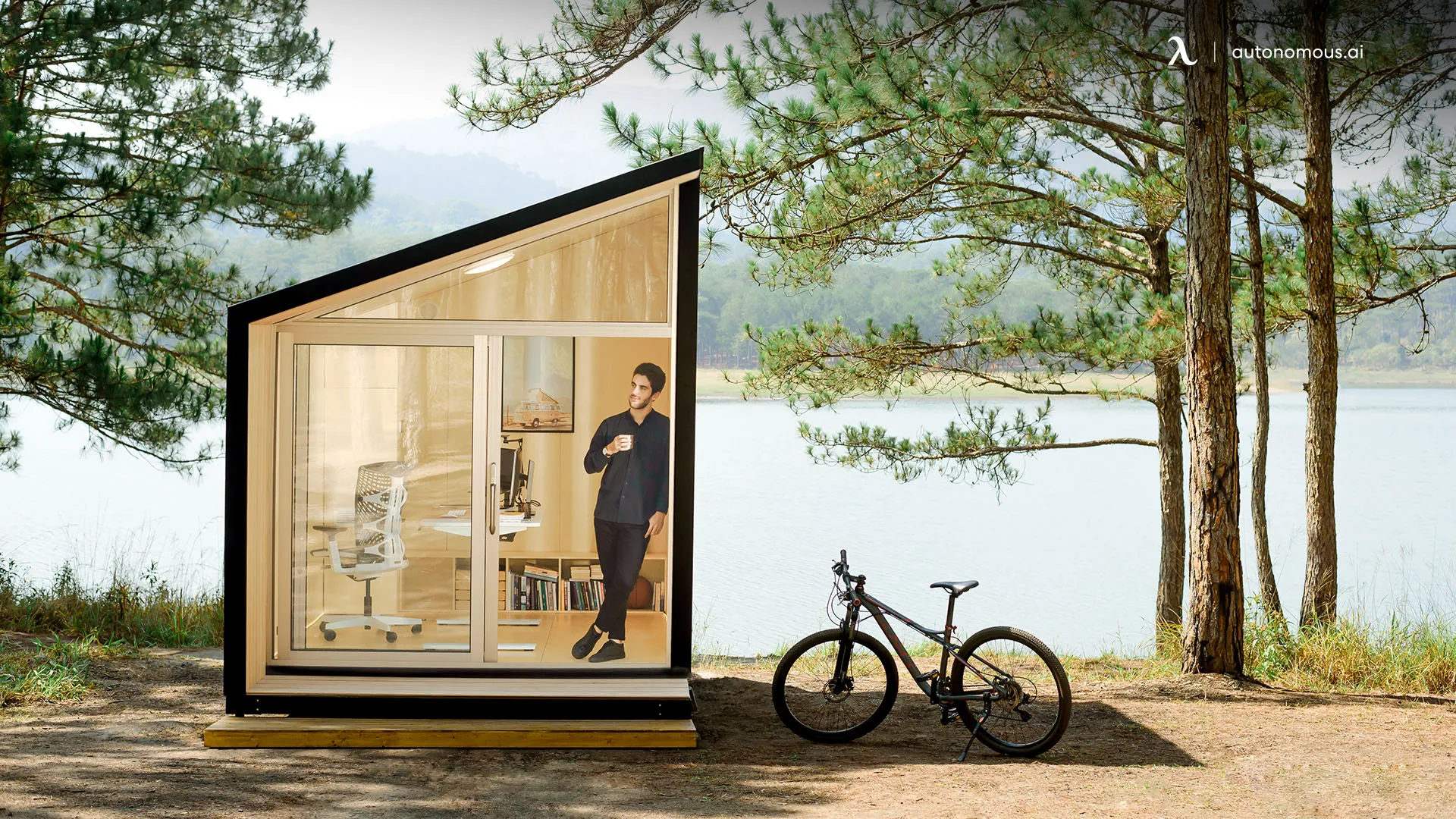
How To Legally Live In A Tiny Home
Living full-time in a tiny home can be a great choice — but only if it’s done legally. Because zoning, building codes, and permitting rules vary so widely across the U.S., it's important to follow a few key steps before placing or moving into a tiny house.
Here’s what you need to know:
1. Know The Type Of Tiny Home You Have
Tiny homes are usually categorized in two ways:
- Tiny House on Wheels (THOW) – Often treated like RVs; may not be allowed for full-time living unless parked in an approved zone.
- Permanent Tiny Home on Foundation – Treated like a traditional house or ADU; must meet local building codes.
This classification will affect everything from where you can put it to whether you need a permit.

2. Research Local Zoning And Building Codes
Always check with your city or county planning department. Ask:
- Is a tiny home allowed in my zoning district?
- Is there a minimum square footage requirement?
- Can I live full-time in a home on wheels, or does it need a foundation?
- Do I need to hook up to utilities (water, sewer, electricity)?
3. Get The Right Permits (If Needed)
Depending on your location and home size, you may need:
- Building permit (for foundation homes)
- Plumbing/electrical permits
- RV registration (for THOWs used temporarily)
Some prefab units under 120 sq ft (like backyard studios or office pods) may be exempt, but always confirm locally.
4. Comply With State Housing Codes
Many states follow the International Residential Code (IRC), which now includes Appendix Q for homes under 400 sq ft. This section covers safety standards like:
- Ceiling height
- Emergency exits
- Stair dimensions (for lofts)
Homes built to these standards are more likely to be approved.
5. Plan For Utilities And Waste
To live legally, your tiny home usually needs:
- Access to water and power
- Approved septic or sewer connection
- Safe heating and ventilation
Even off-grid systems must meet code in most areas.
6. Consider Registering As An ADU
If you're placing a tiny home on land with an existing house, your local government may allow you to register it as an Accessory Dwelling Unit (ADU). This gives it official status and may help with resale or financing later.
Tip: Talk To Your Local Officials First
Every area has its own rules. The best way to avoid fines or legal issues is to get everything in writing before you build, buy, or move your tiny home. A quick call to your building department can save you time and money.
Simple Backyard Office Options That Stay Within Code
If you're in one of the states that allow tiny homes, but don’t want to deal with complicated zoning reviews, a no-permit tiny house setup could be the right choice. Some prefab models, like backyard studios, are built small enough to fall outside most tiny house laws by state, especially if they’re used as non-residential spaces.
Even in more restrictive areas, certain prefab structures stay below the size threshold that typically triggers zoning reviews.
These options aren’t meant for full-time living, but they’re ideal for:
- A dedicated home office shed
- A studio or creative space
- A private backyard she shed for hobbies or focuses time
When planning your space, it’s helpful to know what size fits your lot and how much you might need to budget. For reference, here's a guide to she shed sizes that also applies to most backyard studios and office pods, depending on your available space and local zoning codes.
And if you’re budgeting for one of these small backyard units, reviewing typical she shed prices can give you a better sense of what to expect, especially when comparing DIY builds with prefab models like the Autonomous WorkPod line.
Below are three practical, permit-friendly backyard studios that are compact, functional, and ready to use in just days:
1. Autonomous WorkPod Mini
A compact studio pod for tight spaces.
- Footprint: ~80 sq ft — often exempt from permit requirements in many jurisdictions
- Ideal for: Solo work sessions, calls, meditation, or a quiet space away from the house
- Why it works: Small enough to avoid permitting in many areas, but insulated and well-built for year-round use
- Setup: Ships pre-fabricated and can be installed in 1–2 days
Many users install the WorkPod Mini in suburban or even urban backyards where space is limited but zoning is strict. It's a simple, clean solution for creating a private studio office shed without construction delays. If you're looking to personalize it as a cozy retreat, these she shed interior ideas offer great inspiration.
2. Autonomous WorkPod
A versatile backyard pod for work and personal time.
- Footprint: ~102 sq ft — typically under most permit-triggering thresholds
- Ideal for: A full-size desk setup, dual monitors, bookshelves, and a comfy chair
- Why it works: Durable materials, full insulation, and plug-and-play convenience
- Features: Electrical wiring, finished interior, and panoramic windows
The WorkPod is popular with remote workers and freelancers who want to separate work from home life without needing to build a full ADU. This prefab she shed offers enough space to feel comfortable, but stays small enough to avoid triggering permit reviews in many locations.
3. Autonomous WorkPod Versatile
Maximum privacy for focused productivity
- Footprint: ~102 sq ft, like the original WorkPod, but with solid walls for added privacy
- Ideal for: Deep-focus tasks, confidential calls, or as a multi-purpose creative space
- Why it works: High-quality steel frame and plywood construction make it durable on nearly any terrain
- Optional furniture: Available with office ergonomic chairs, standing desks, and storage, all delivered pre-installed
If you're looking for an insulated she shed that blends in quietly with your backyard and gives you maximum separation from household distractions, the Versatile version is built for you. Like the others, it's designed for states where permit-free setups under 120 sq ft are legal.
FAQs
1. What state is the most tiny house-friendly?
California is considered the most tiny house-friendly state overall. It allows both foundation-based and movable tiny homes (THOWs) to be classified as Accessory Dwelling Units (ADUs) in many cities.
Other friendly states include Oregon, Maine, Texas, and Washington, where laws are more supportive of small-scale housing and flexible zoning.
2. What states will pay you to build a tiny house?
Some rural areas or small towns offer financial incentives, land grants, or tax breaks to attract new residents, which can include tiny home owners. For example:
- Vermont and parts of Maine have offered relocation grants.
- Kansas (Plainville) and Iowa (Newton) have had programs that provide free land or cash for homebuilding.
While not specific to tiny homes, these programs may apply if your structure meets local code. Always check with the city or economic development office directly.
3. Where in CA can you live in a tiny house?
In California, many cities allow tiny homes, especially if they are used as ADUs. Popular places include:
- Los Angeles – THOWs are legal as backyard ADUs.
- Fresno – First city to officially approve tiny homes on wheels.
- San Diego, San Jose, and Oakland have adopted ADU-friendly policies.
Each municipality has its own zoning rules, so it’s best to check with your local planning department.
4. What states can you build in without permits?
No state allows unrestricted building, but some have permit exemptions for small structures under a certain size (typically 120 sq ft or less).
Common states where you can build without a permit for small backyard structures include:
- California
- Texas
- Colorado
- Oregon
- North Carolina
These exemptions usually apply to non-habitable structures like backyard offices, sheds, or studios, not full-time residences. Always confirm with your local building authority.
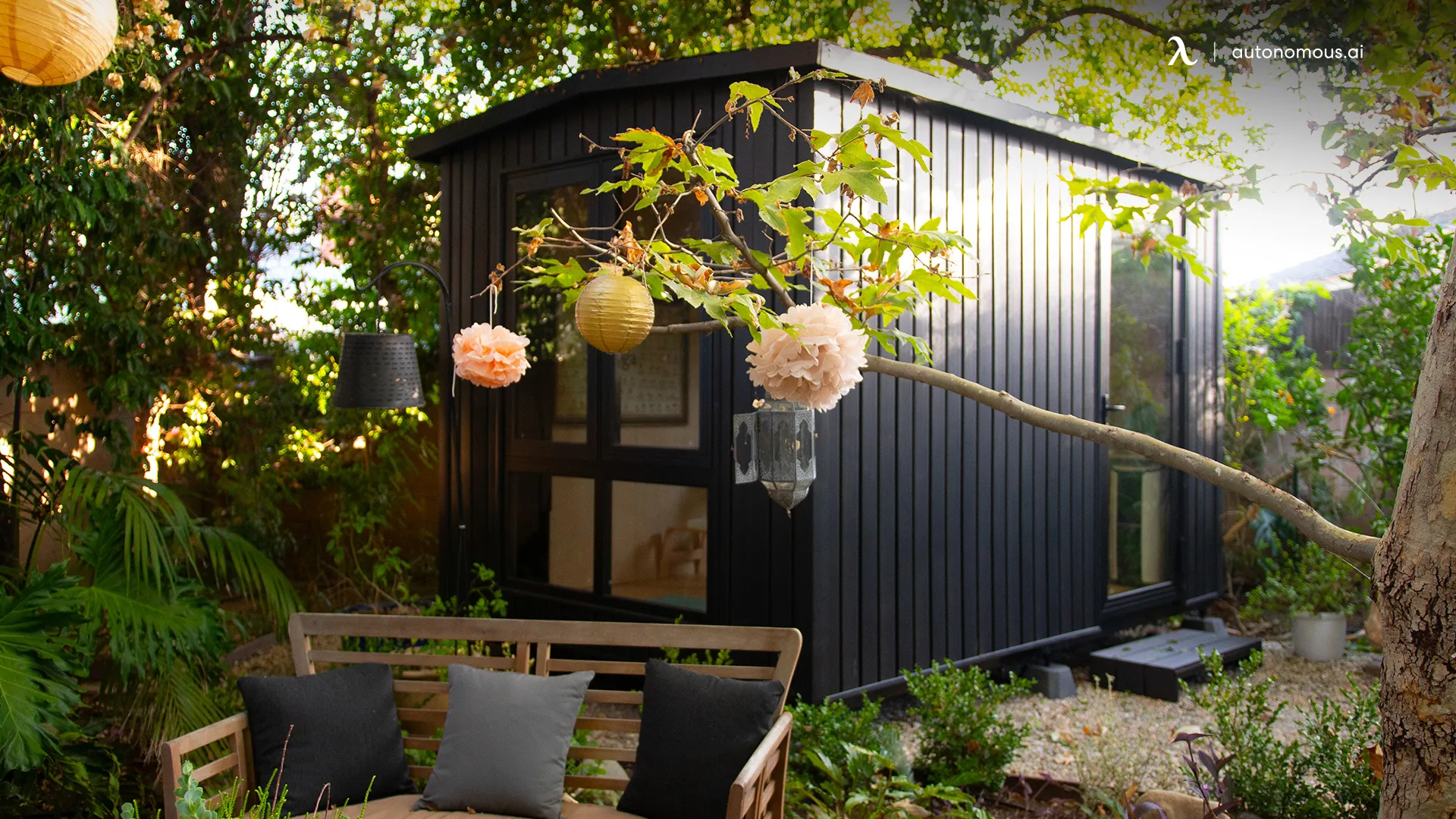
5. How can I live in a tiny house legally?
Start by choosing a tiny home-friendly state or city. Make sure your home meets zoning and building codes, and get the required permits for utilities, foundation (if applicable), and occupancy. If placed on land with an existing home, consider registering it as an ADU.
6. What states allow tiny homes on wheels?
States such as California, Oregon, Maine, and Washington allow tiny homes on wheels (THOWs), especially when registered as RVs or approved as ADUs. Local zoning will determine where you can park and live in them legally.
7. What states do not allow tiny homes?
States with more restrictive policies include New York, Wisconsin, North Dakota, Alaska, and West Virginia. These places often have minimum size requirements or prohibit mobile dwellings as permanent housing.
8. How can I live in a tiny house legally?
Start by choosing a tiny home-friendly state or city. Make sure your home meets zoning and building codes, and get the required permits for utilities, foundation (if applicable), and occupancy. If placed on land with an existing home, consider registering it as an ADU.
9. Do you need a permit to move a tiny house?
Yes. If your tiny home is on wheels, it’s treated like a trailer and must follow state transportation rules, including proper licensing, vehicle registration, and size limits. Cross-state travel may require oversized transport permits.
Conclusion
If you're exploring the idea of downsizing or adding a second structure to your property, understanding the states that allow tiny homes is the first step. Laws vary widely, but with the right planning, you can create a space that’s functional, compliant, and rewarding.
Whether you're building a full-time residence or a backyard office, knowing which states allow tiny homes — and which ones don’t — will save you time, money, and frustration.
From permit-free backyard studios to fully livable ADUs built to code, there’s a smart solution for nearly every region. Use your space wisely, and make sure it works for your lifestyle — and the law.
Spread the word
.svg)


